Introduction | The Only Subminiature That Really Makes Sense | Prices | Film Loading
Although the Tessina is a twin lens reflex, its usage is rather different from a Rolleiflex. The ground glass is only 14x22mm (approximately 0.5 x 1 inch), and so is really too small to use as a focusing aid. Like any other subminiature camera, the Tessina with its 25mm lens relies on depth of field to make scale focusing practical. At f/5.6, anything between 2m (7 feet) and infinity is in focus. The ground glass with its folding focusing hood/sports finder is used only to allow waist-level aiming of the camera. The Tessina uses a mirror imaging system to fold the light path to the film. As a result, for a right reading image you have to print through the base (the opposite of most other cameras).
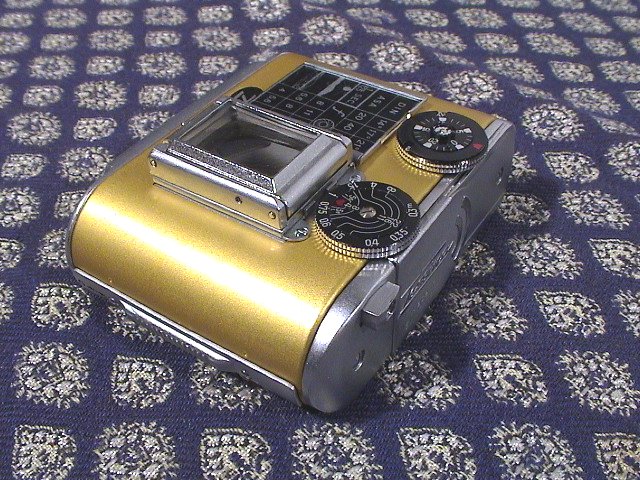
The Tessina is slightly larger than a matchbox, and you hold it like one. The viewing and taking lenses on one long edge are protected by a sliding metal shield. Unless the shield is slid open, you can't fire the camera. The cable release threaded shutter button is on the front of the camera. The wheel on the left is for focusing; to 23cm (9"). The wheel to the right is non-click-stop aperture settings f/2.8 to 22. The smaller wheel inside atop the f/stop wheel counts exposures and requires manually-resetting.
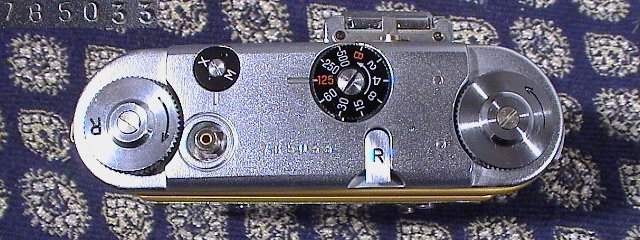
The left dial is for rewind. The middle large dial is the shutter speeds, from 1/2 to 1/500th, plus B. The large right dial is the spring motor drive, good for 5 to 8 frames per winding. When the smooth Tessina shutter release is pressed, an audible click of the shutter is followed by a whirring wind of the film advance clockwork mechanism. With silent gears the sound is more like that of a Rollei 16 - a soft thud.
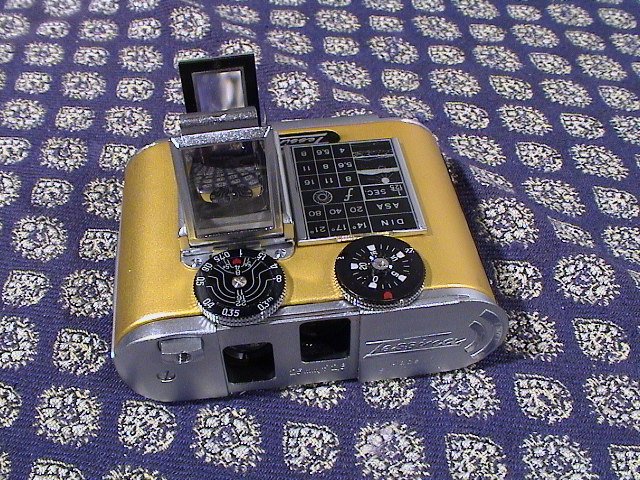

Behind the focusing dial is a 14 x 21 mm ground glass with rails to hold either the folding reflex and optical sportsfinder, condenser field lens or eye-level prism. Shown are the folding finder, prism and magnifying waist level finder with sports finder (no optics) and magnifying viewer. The folding finder is multi-use, capable of a straight-a-head eye-level viewing, or waist level ground glass focusing. At the left is an exposure guide plate (below) or coupled light meter (above)
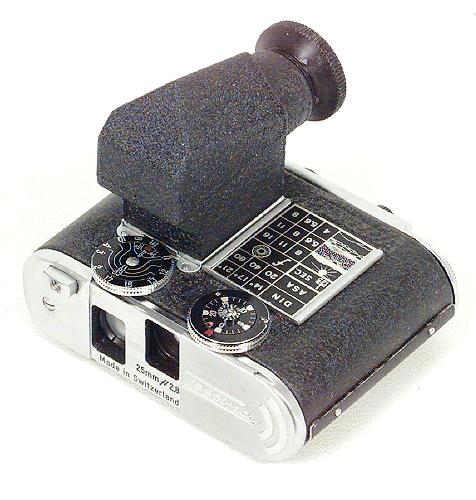
(Picture from www.pacificrimcamera.com)
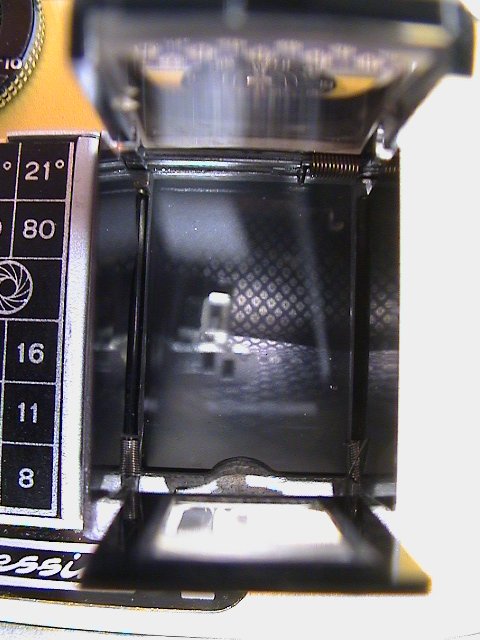 The optical sportsfinder
(which was originally supplied with the camera) is quite easy to use but the tiny 14 x 21mm focusing ground glass is not. It is film area size and there's no magnifier in the folding hood. A brilliant field lens which replaces the hood is
even more useless since it has no hood protection against extraneous light and no magnification either.
The optical sportsfinder
(which was originally supplied with the camera) is quite easy to use but the tiny 14 x 21mm focusing ground glass is not. It is film area size and there's no magnifier in the folding hood. A brilliant field lens which replaces the hood is
even more useless since it has no hood protection against extraneous light and no magnification either.
Many used Tessinas no longer have the folding hood/sportsfinder and a new replacement costs 150USD; used finders seem to be very rare. The camera is basically useless without one, unless you prefer to use the prism as a replacement.
Making a small cone-shaped magnifier out of a novelty key chain transparency viewer licks the focusing problem; at least partially. By removing the viewer's plastic film end and standing it over the ground glass, you can focus the camera very easily; for vertical pictures. Since the camera must be held on edge for horizontal pictures, this becomes a chore with this makeshift rig. Things are different with the pentaprism viewfinder. Put the prism in one pocket, the camera in another and in seconds you can slip both out, attach them and have a most critical focusing eye level prism reflex with 6x magnification. The view through the prism is adequately bright with a fairly coarse ground glass which provides amazing ease of focusing - and from a 25mm lens too. Pin-point focus portraiture by natural light from 23cm to 1m (9 in. to 3 ft) proves a snap. Pentaprisms seem to be fragile; there are a number of broken ones on the used market. Good used ones cost 200-300USD. There is also an 8x magnifier, without a hood, the glare may be a problem.
Results from the relatively large negative area are understandably far superior to what could be achieved in like circumstances with like film of any ultra or subminiature camera. Once the location of the controls become familiar the operation of the camera is fairly easy. Good finger nails to lift out the spring wind and rewind knob are helpful. If the whir of the film advance mechanism disturbs you or the subject just shoot while holding the rewind knob tightly. After shooting, release the rewind knob slowly. The Tessina then becomes as quiet as a mouse. The advantage is that no motion is required to wind the camera, which makes it much less noticeable (compared to the trombone action with a Minox for example).
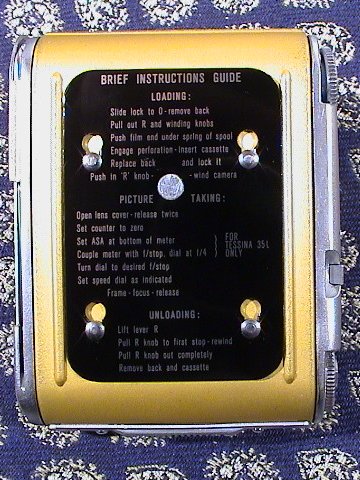
On the bottom of the camera is a removable plate with brief loading instructions. This can be replaced with a plate attached to a wrist-watch like strap or metal plate with tripod socket and chain rings (for a neck chain, watch chain or wrist strap), The tripod bush makes it possible to attach an inexpensive filter holder.
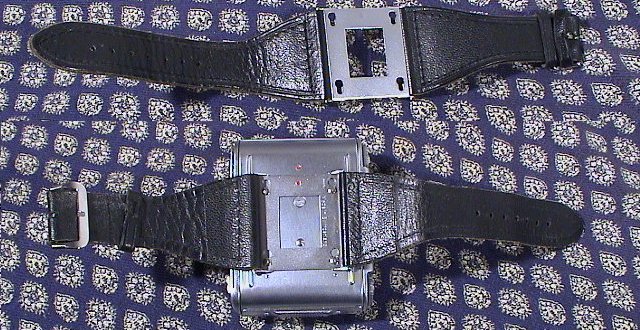
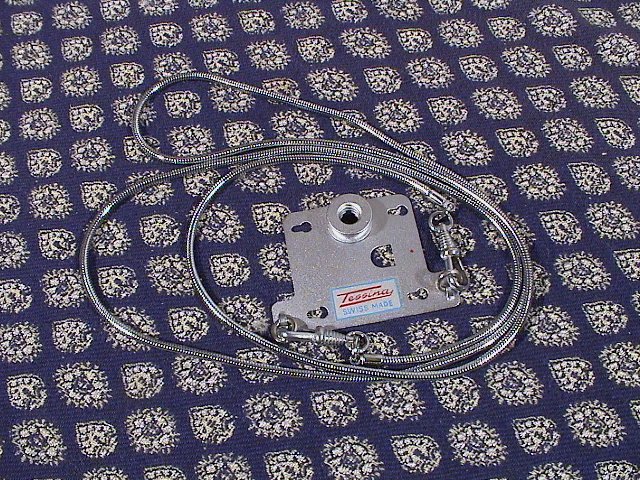
The neck chain is basically a two-ended watch chain. Often it comes with the tripod plate. It works fine, but if you don't have one, a bootlace works just as well or use a watch-chain when you want a wrist strap (or when carrying the camera in lieu of a pocket watch).
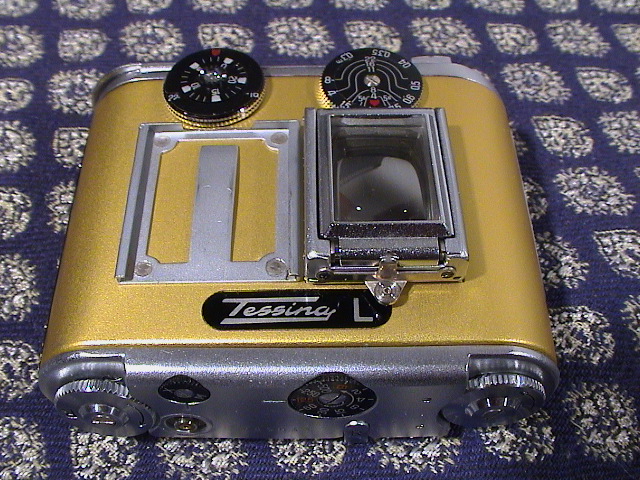
The Tessina accessory shoe is unique; converters are available to allow mounting normal cold-shoe accessories on it, a flash gun or an accessory meter.
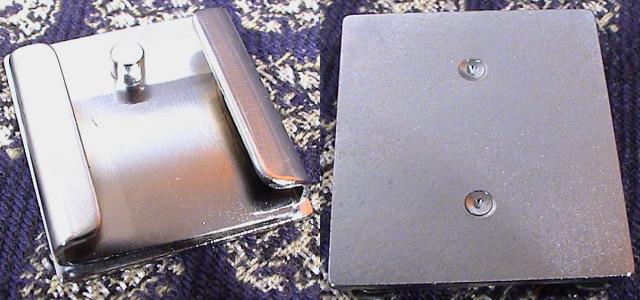
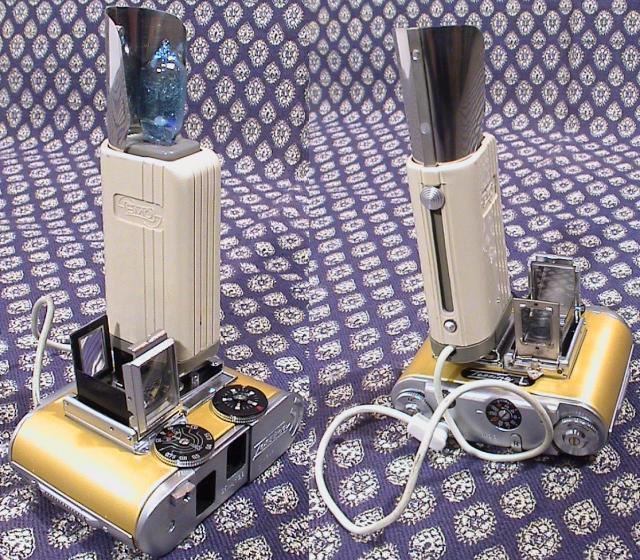
This makes flash use much easier (the alternative is to use a bracket with the tripod mounting).
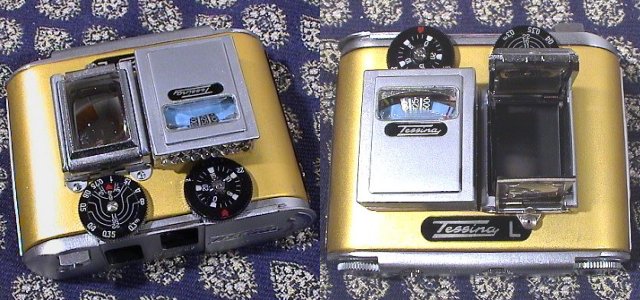
A tiny selenium meter which slides in next to the finder in the accessory socket and is about 20x25x10mm. They cost 400-500USD used, and are coupled to the aperture control wheel.
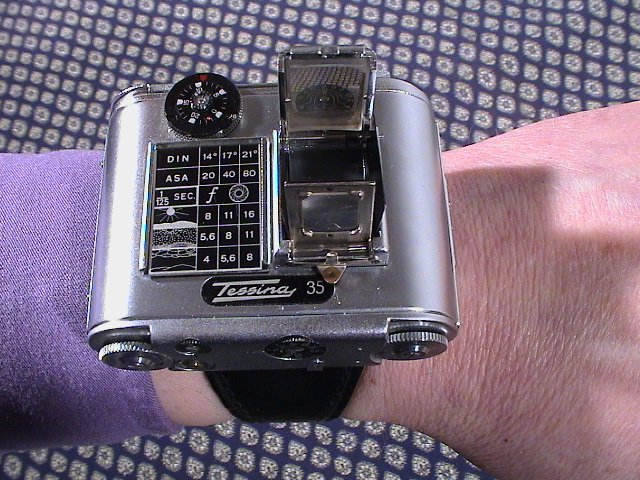
A system camera, the little Tessina offers interchangeability whenever possible. Here is the wrist watch type camera band -- shades of Dick Tracy! The wrist strap does allow very inconspicuous use, photographing towards the side.

Filter sets are available with UV, red, green and yellow filters. Used sets cost 150-200USD. It is fairly easy to make a wood/plastic filter holder which attaches to the tripod plate and uses polyester/gel filters.

Cases come in at least three forms; brown, black, and soft. The last has a variant which works with a mounted pentaprism. The black case is somewhat larger than the brown one, and can be used with the tripod plate and meter mounted; the brown one works only with the bare camera. Construction quality is not very good; the leather is thin, has fabric backing, and seems to tear easily.